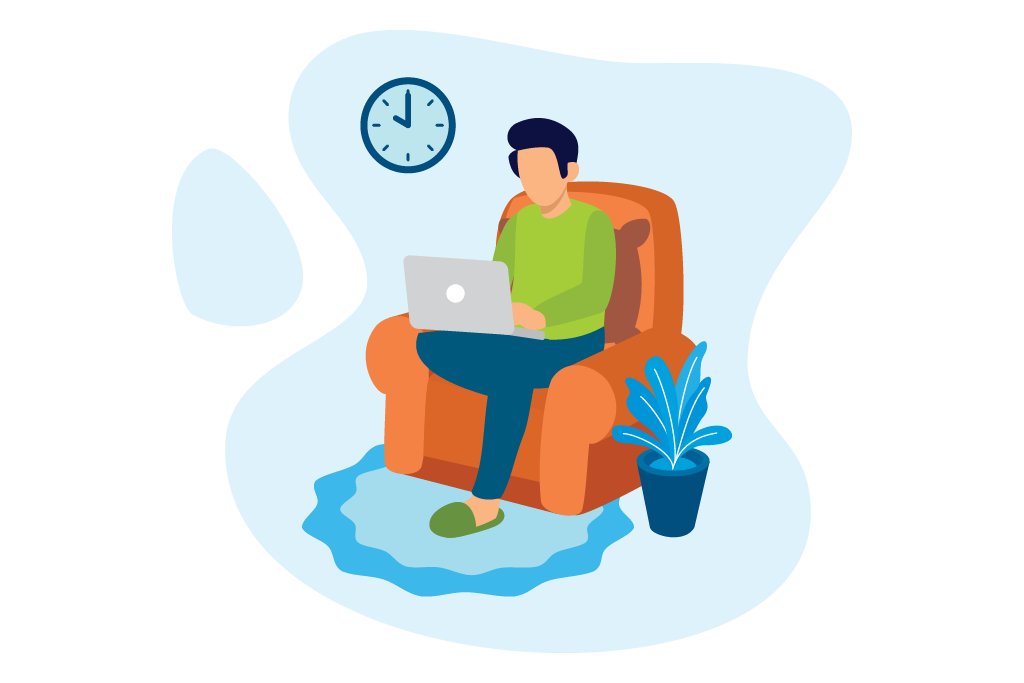The historic CARES Act, signed by President Donald Trump on March 27, 2020, provides a $2 trillion stimulus to help mitigate the negative effects of the COVID-19 pandemic.
The package provides broad financial support to healthcare organizations and major corporations. Small business owners and nonprofit leaders, and gig workers need not feel left out.
The CARES Act, which passed with broad bipartisan support, expands the Small Business Administration and provides for a new relief program, Paycheck Protection Program.
Let’s look at what the PPP offers and how to take advantage.
Disclaimer: The following information is provided as a means of convenience and on an as-is basis. This content does not constitute legal or accounting advice. Given the nascent nature of the Paycheck Protection Program, not all details are known. We will post further information in new articles as it comes to light. We encourage all readers to visit https://www.coronavirus.gov/smallbusiness/to learn more.

Summary
- The Paycheck Protection Program (PPP) helps small businesses, nonprofits, and independent contractors cover the costs of payroll, overhead, and debt obligations, through low-interest loans. Forgiveness options are available.
- PPP loans may also be used to refinance Economic Injury Disaster Loans if EIDL loans were received due to the pandemic.
- Loans are forgivable if the funds are used to help keep workers compensated or to cover the business’s rent/mortgage and utility expenses. How does the stimulus bill help small businesses? The CARES Act allocates $349 billion to the new Paycheck Protection Program (PPP), which helps ensure that small businesses and nonprofit organizations can keep employees on the payroll.
- The PPP also covers the so called “gig workers,” including sole proprietors. Although the program is just now rolling out, recipients can typically receive the funds quickly upon approval. All loans are guaranteed by the Small Business Administration and can be issued by any financial institutions that have partnered with SBA or been approved by the U.S. Treasury. This includes 1,800 financial institutions, with the potential for others to come on board as well.
Most business owners and sole proprietors will find that they can use their existing financial providers. The loans are primarily intended to help compensate workers, and the funds can be used for anything from salaries and hourly wages to benefits payments and paid leave, including sick leave. In fact, businesses will also receive advance tax credits if they provide sick leave to employees.
Recipients may also use the PPP funds to pay mortgage, rent, and utility payments, as well as any payments toward existing business debt obligations. The economic stimulus package also expands the Small Business Administration’s Economic Injury Disaster Loan (EIDL) program by $10 billion.
Some businesses have already received EIDL loans due to the pandemic; these recipients may be eligible to refinance these loans with PPP. If you have an existing SBA loan, you may be able to postpone your payments for up to six months.
Note that any SBA-backed loan might impact your eligibility for other forms of assistance.

Continue reading to learn how PPP and EIDL work and if these options are right for you.
How do I qualify? The CARES Act established the PPP to provide minimal-requirement relief to a broad range of vulnerable businesses and workers.
You are eligible if:
- your small business or 501(c)(3)-certified nonprofit organization has 500 workers or fewer on its payroll or meets the employee-based size standard for your industry.
- your business is a sole proprietorship, or you are self-employed and regularly perform business activities to supply your income.
- you have any regular payroll costs or business expenses, including office rent and business loan interest payments.
- your business has been negatively impacted by the pandemic.
How do I get a PPP loan? Unlike with many other forms of government assistance, you can take advantage of the Paycheck Protection Program through your existing financial institution. There is no need to visit any sort of government office or website. Your bank or credit union will have loan officers who can help you apply for SBA-backed loans, including PPP loans.
Get your paperwork together, then call to make an appointment. Remember that social distancing is in effect and many loan officers will be inundated with requests. Before applying, be sure that you have all the articles of incorporation, payroll reports, and other key documents related to your business.
You will need to calculate your expenses for an 8-week period and provide documentation to back up your application. The deadline to apply is June 30, 2020, which is also the last date that your 8-week period can extend. Should you apply on that date, the covered period will be retroactive.

What’s the difference between the Payroll Protection Program and an SBA Economic Injury Disaster Loan?
As mentioned above, the CARES Act not only created the Payroll Protection Program but also boosted the Economic Injury Disaster Loan (EIDL). The two loans are similar, but they have some key differences:
Paycheck Protection Program Loan
– A PPP loan may provide up to 2.5 times the average costs of monthly payroll over an 8-week period (12 weeks for seasonal businesses). The total loan amount is capped at $10 million for a business and $100,000 per year for sole proprietorships.
– You do not need to provide collateral or proof that you could not otherwise get a loan.
– You must have been in business before February 15, 2020, and you may set your covered period retroactively, starting as early as February 15, or in the future, extending up to June 30, 2020.
– A PPP loan is entirely forgivable if the funds are spent on payroll, mortgage/rent, and utilities, and debt obligations, and if business owners retain their employees and compensate them with at least 75 percent of their prior salary or wages.
– If a business owner lays off employees, the portion of the loan that’s forgiven may decrease with the number of employees laid off. You may also have the loan forgiven if you rehire laid-off employees by June 30, 2020. If you do not meet the 75 percent requirement described above, you may also have your forgiveness reduced.
– You are permitted to use the funds for other business expenses, such as for inventory or advertising, but your PPP loan will not be forgiven if you do. – The interest rate goes up to 4 percent and repayment terms extend up to 10 years.
3 Economic Injury Disaster Loan
– Collateral is not required for loan amounts less than $25,000.
– Previous recipients of an SBA-backed loan can use EIDL loans as bridge loans.
– EIDL loans typically cannot be forgiven. However, EIDL loans received due to the pandemic can be refinanced with a PPP loan, which, in turn, can be forgiven if all requirements are met.
– The interest rate is 3.75%, and recipients can repay in terms of up to 30 years. You may not receive both an EIDL and a PPP; the former must be refinanced into the later. You also may not receive more than one PPP loan.
Am I required to offer paid sick leave to my employees to receive PPP?
You are not required to offer paid sick leave if you have fewer than 50 employees, but keep in mind that you can receive advance tax payments for offering this benefit. Also, your PPP loan is forgivable if you use the funds to provide any sort of compensation to your employees, including paid leave. I already laid off employees.

Will my PPP loan be forgiven?
Your PPP loan will be forgiven if you rehire those laid-off employees and pay them at least 75 percent of what they were earning before the pandemic. You must do so by June 30, 2020. Remember, the PPP funds are intended to be used to cover payroll for an 8-week period. If you did not lay off employees due to the pandemic, you must retain them and meet the above-described payment threshold in order to have your loan forgiven. Ensure that you are requesting sufficient funds to meet payroll needs for the covered period.
How can gig workers get a PPP loan?
Anyone who runs a business as an individual can apply for a PPP loan to help keep themselves in business. Note that you must have been in business before February 15, 2020. You do not need to put up personal collateral to receive a PPP loan. You need only demonstrate that your business has been impaired by the pandemic and that you have documentation of your regular income and business expenses.
The loan can cover your own payroll and any business facility costs or debt, and you’re eligible for loan forgiveness as long as you use the PPP loan for the protected provisions during the covered period.
For more information, visit https://www.coronavirus.gov/smallbusiness/ or reach out to your financial institution to inquire about what’s right for you.

